PRODUCTS
CONTACT US
Ningbo Nide International Co., Ltd.
一一
· Contact person:Jack Zeng
· Mob/Whatspp/WeChat:0086-13738869026
· Email:emarketing@nide-group.com;marketing4@nide-group.com
· Add:No. 169, Wohushan Road, Daqi Subdistrict, Beilun District, Ningbo, China

Nide team could manufacture ball bearing as per customer’s drawing and samples.
If customer only has samples, we could also design drawing fo r our customer.
We also provide customized service.
Our ball bearing is widely applied the different industrials.
Ningbo Haishu Nide International is specialized in bearings export production selling and after-service. In practice for many years, we established strict quality assurance system. Our products range covers fan,motor cover and lamination,shaft,insulation paper,ball bearing,commutator,etc.We can do OEM products, and do following drawings.
Nide wishes is to provide world wide customers with one-stop service for the motor manufacturing. Make motor, turn to Nide, everything will be easy !
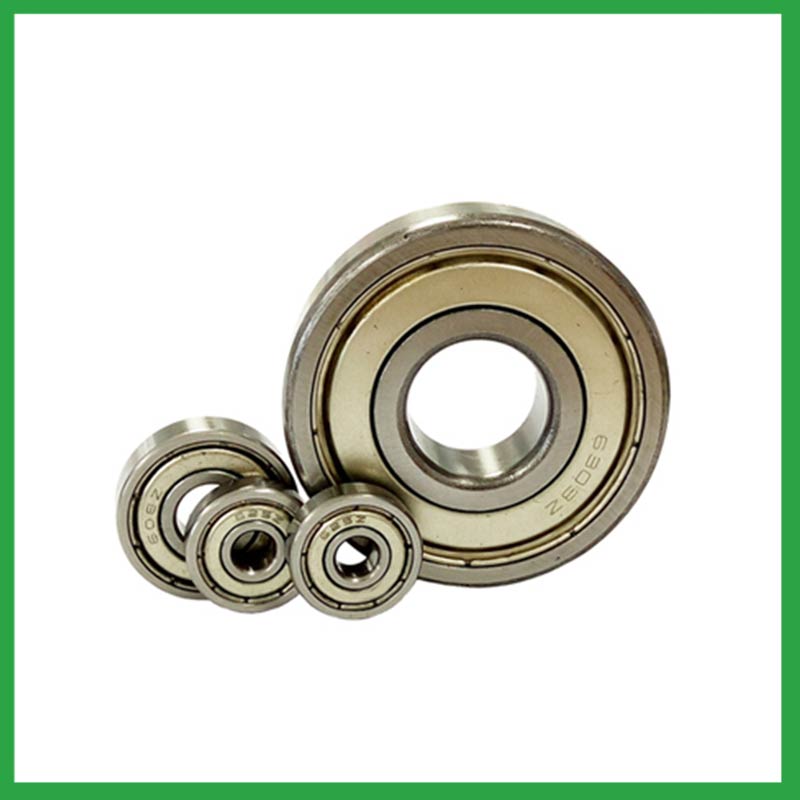
| Parameter | Information |
| Product Name | mrc ball bearing |
| Brand Name | Nide |
| Place of Origin | China |
| Type | Ball |
| Material | stainless steel, etc. |
| Sample | Avaible |
| Warranty | 3months-1year |
| Lubrication | Dry/ Oil |
| Application | textile machinery,fan electric motor, etc. |
| Port | Ningbo/Shanghai |
| Size(mm) | customize |
| Export Country | Argentina,Brazil,South Korea,Greenland,Botswana,Nepal,Jamaica...etc |
| Export region | Africa,America,Oceania... |
| Certification | ISO 9001 Certification,ISO9001:2015 certificate,CE-stator coil lacing machine,etc |
| Precision Rating | as per customer's requirement |
| Feature | Simple structure,Low Noise...etc |
| Packaging Details | Suitable for sea transportation |
| Color | gray+customized |
| Seals Type | Rubber seals |
| Service | Prompt Delivery |
| Supply Ability | 100000-500000 Piece/Pieces per Month |
| Lead time (days) | 15-20 (To be negotiated) |
Please note: The above table data is for reference only. For specific information, please contact us.
mrc ball bearing can be used in household appliances, such as vegetable cutters,washing machines,upper and lower pressure rods,barrel machine spindle bearings, etc; It can also be used in industrial fields, such as weighing machines,motors,weaving machine spindle bearings,reducers, etc.
Before use, the model, size, and design of the ball bearing should be confirmed to ensure suitable application;
During installation, the installation load of the ball bearing should be minimized as much as possible to avoid unnecessary damage;
The bearing shaft and the bearing frame should be stable at the same time to avoid excessive tension.
Ball bearings have many advantages, making them highly competitive in the market.
Firstly, they are very durable and have good wear performance, making their service life longer than many other types of bearings.
Secondly, they are easy to install and can provide low friction performance in various applications.
Thirdly, they require a relatively low level of maintenance, making them cost-effective.
In addition, compared to many other types of bearings, their purchase cost is relatively low, making them an economical choice.




mrc ball bearing---FAQs Guide
2.What is the production capacity of the factory for mrc ball bearing?
3.Can mrc ball bearing operate in high-speed applications, and what design features make them suitable for such conditions?
4.As a mrc ball bearing manufacturer,What is your payment method?
5.What are the after-sales services available for mrc ball bearing?
6.What is the role of mrc ball bearing in reducing friction and wear in automotive applications, such as wheel hubs and transmissions?
7.As a mrc ball bearing manufacturer,can you supply samples?
8.Are there ongoing research and development efforts aimed at improving mrc ball bearing materials, designs, and lubrication techniques?
9.How do preloaded mrc ball bearing enhance rigidity and reduce clearance in high-precision applications?
10.Can mrc ball bearing be customized with special coatings or treatments to meet specific industry standards or regulatory requirements?
11.Are there mrc ball bearing designed for extreme temperature environments, such as cryogenic or furnace applications?
12.What is a ball bearing?
13.What are the considerations for selecting sealed or shielded mrc ball bearing to protect against contamination and retain lubrication?
1.Where can mrc ball bearing be used?
mrc ball bearing are very versatile. They can be designed to withstand radial loads, axial loads and combined radial/axial loads at various operating speeds. These characteristics, combined with the relative cost and compactness of the design, give it universal appeal within the industry. Ball bearings are widely used in electric motors, gear reducers and pumps. Serving the automotive, home appliances, aerospace, oil and gas drilling, and mining sectors.
2.What is the production capacity of the factory for mrc ball bearing?
The production capacity of Ningbo Haishu Nide International is:50000000pcs/month
3.Can mrc ball bearing operate in high-speed applications, and what design features make them suitable for such conditions?
They have very low rolling friction and are optimized for low noise and low vibration. This makes them ideal for high-speed applications. mrc ball bearing are comparatively easy to install and require minimal maintenance.
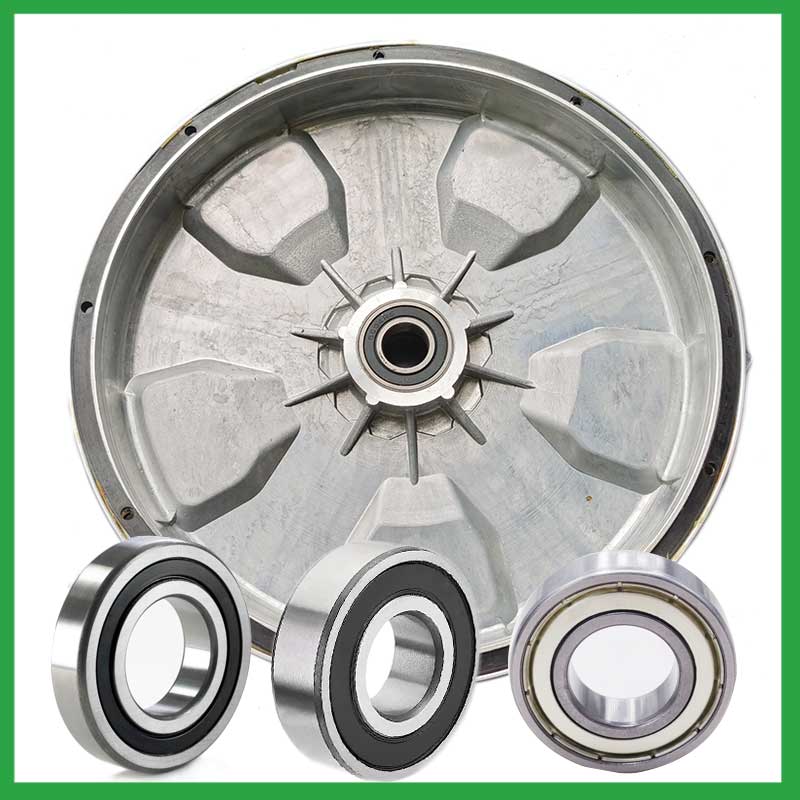
4.As a mrc ball bearing manufacturer,What is your payment method?
We accept T/T, PAYPAL or Western Union, credit card or via ALIBABA Assurance order.
5.What are the after-sales services available for mrc ball bearing?
If you find problems or failures in the assembly or use of the bearings , which needs to consult and other services, please feedback to Nide International in time.
6.What is the role of mrc ball bearing in reducing friction and wear in automotive applications, such as wheel hubs and transmissions?
When a load is applied to a ball bearing, the mrc ball bearing roll freely between the inner and outer rings. This rolling action significantly reduces friction compared to sliding contact, resulting in smoother rotation and reduced wear.
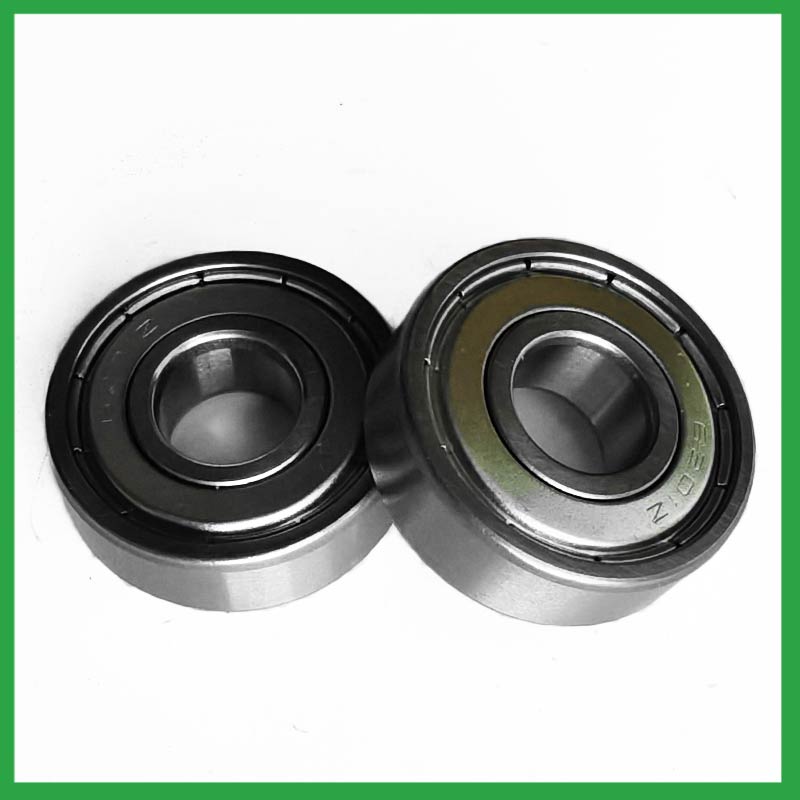
7.As a mrc ball bearing manufacturer,can you supply samples?
Sure, samples can be provided free of charge, and the buyer pay the postage of the sample.
8.Are there ongoing research and development efforts aimed at improving mrc ball bearing materials, designs, and lubrication techniques?
A custom mrc ball bearing can satisfy almost any customer’s needs. Your application may need a needle roller or ball bearing, a radial or angular contact design, a plain carbon steel bearing with anti-corrosion coatings or stainless steel, a thrust bearing or a spherical bearing, tight or loose radial play, sealed or non-sealed designs
9.How do preloaded mrc ball bearing enhance rigidity and reduce clearance in high-precision applications?
Enhance Rigidity: By applying a controlled axial force, preload increases the bearing's resistance to external forces and moments. This heightened rigidity is essential in applications where any deflection or misalignment must be minimized, such as in machine tools or robotic systems.
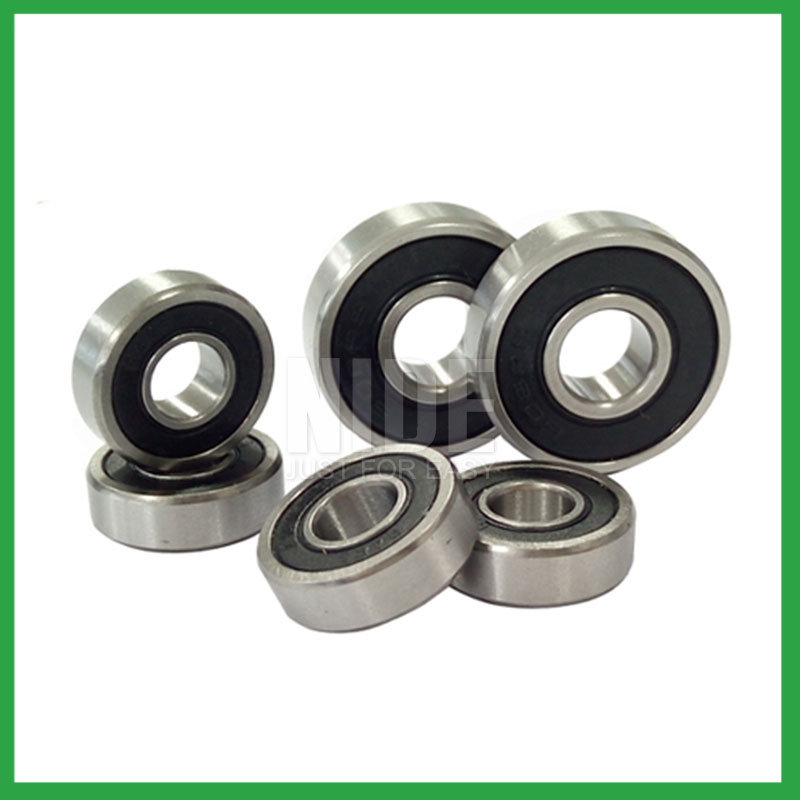
10.Can mrc ball bearing be customized with special coatings or treatments to meet specific industry standards or regulatory requirements?
Yes, mrc ball bearing can be customized with special coatings or treatments to meet specific industry standards or regulatory requirements.
1. Corrosion-resistant coatings: These coatings are used to protect the bearings from corrosion caused by exposure to moisture, chemicals, and other corrosive substances.
2. High-temperature coatings: These coatings are used to improve the thermal stability and performance of bearings in high-temperature environments.
3. Food-grade coatings: These coatings are specially designed for applications in the food and beverage industry, where bearings come into contact with food, beverage, or pharmaceutical products.
4. Anti-static and non-conductive coatings: These coatings are used to dissipate static electricity, which can cause damage to electronic components.
5. Specialized lubrication treatments: Bearings can be treated with specialized lubricants that meet specific industry standards or regulatory requirements.
11.Are there mrc ball bearing designed for extreme temperature environments, such as cryogenic or furnace applications?
High temperature mrc ball bearing use specialized lubricants to stand up to high temperatures. Grease-packed bearings are pre-filled with fluorine grease for high temperatures, while YS and SJ bearings use molybdenum disulfide (MoS2) solid lubricant to withstand temperatures up to 350°C and 400°C respectively.
12.What is a ball bearing?
A ball bearing is a type of rolling-element bearing that uses balls to maintain the separation between the bearing races.
The purpose of a ball bearing is to reduce rotational friction and support radial and axial loads. It achieves this by using at least two races to contain the balls and transmit the loads through the balls. In most applications, one race is stationary and the other is attached to the rotating assembly (e.g., a hub or shaft). As one of the bearing races rotates it causes the balls to rotate as well. Because the balls are rolling they have a much lower coefficient of friction than if two flat surfaces were sliding against each other.
Ball bearings tend to have lower load capacity for their size than other kinds of rolling-element bearings due to the smaller contact area between the balls and races. However, they can tolerate some misalignment of the inner and outer races.
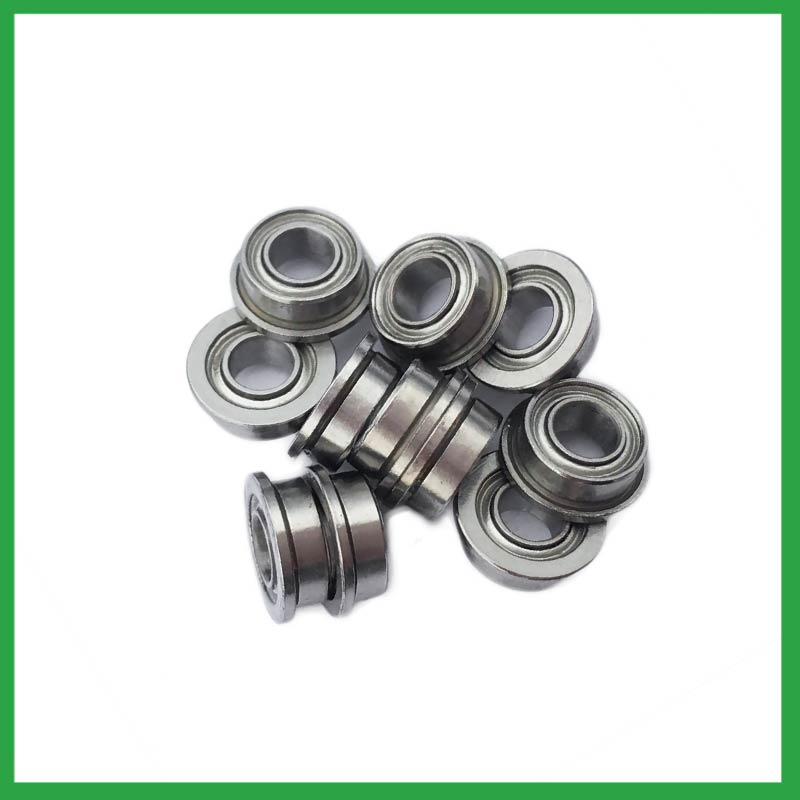
13.What are the considerations for selecting sealed or shielded mrc ball bearing to protect against contamination and retain lubrication?
First, the environment in which your mrc ball bearing operate in can help you identify potential contaminants, allowing you to select your shields or seals accordingly. For example, shielded bearings have a gap that can allow finer contaminants or water from washdown applications to enter the bearing and get into the raceways.The challenge for sealing bearings is to seal the bearing by protecting the bearing from contaminants and running efficiencies.

